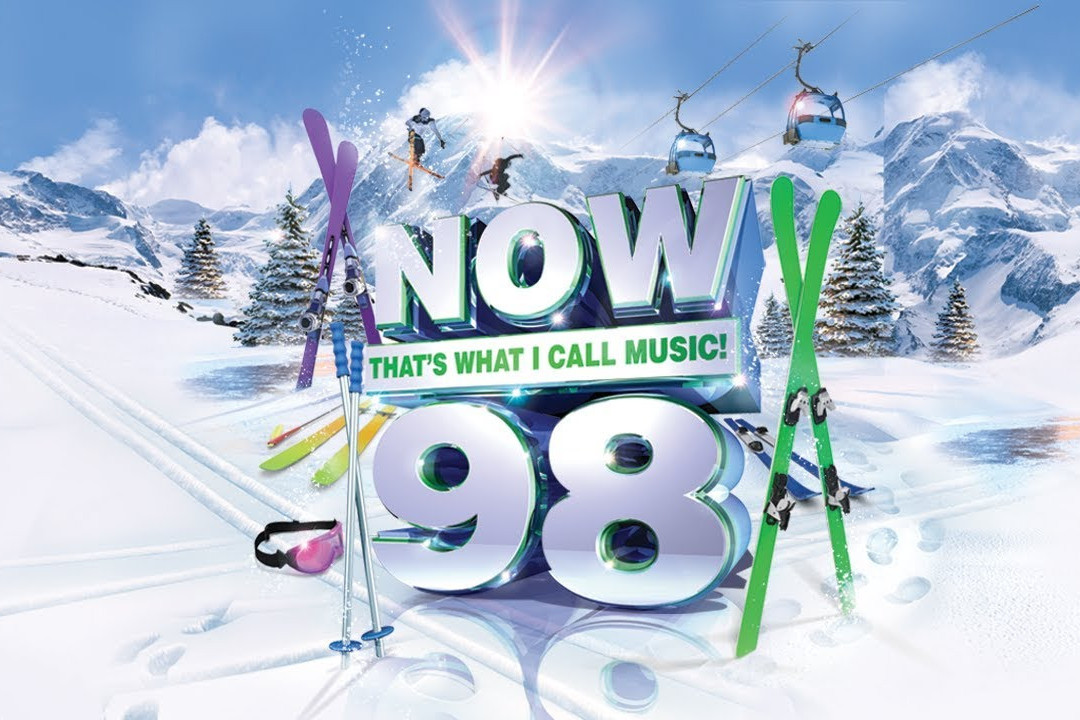Today, we continue our recurring series, "Sonic Reducer." In the series, Punknews writers compress a band, genre, theme, or time period into a playlist that would fit on a single CD. Along with the playlist, you'll get either an overview of the topic, such as a band introduction, or a story about how the music in the playlist moved or changed the writer. This series is intended to be educational, giving you the listener an overview of a certain scene, as well as rockin'.
Today, Punknews writer Eric Rosso looks back at 1998, a year where the underground and mainstream overlapped and a man could proudly walk down the street while wearing bondage pants, Ray Bans, and a backwards cap without feeling ashamed. Check out Eric's analysis below.
Sonic Reducer: 1998
Eric Rosso
This year brought necessary and illuminating commentary about Spotify and algorithm curated playlists. The playlists are changing listening patterns and it seems the industry has found a way to come out ahead of it. The data is being collected and consumed in real time and sold back to the listener. It reminds me of the 90s during the height of the CD zenith. The death of the music industry came and went with the turn of the century because of the rise of the MP3s. Nearly twenty years later it’s back again like Lazarus to tout the benefit of MP3s.
Monetization of streaming services is seemingly being perfected in real time for the people who control the market. Playlists are designed to maximize listens and influence. Smaller bands and labels have protested that these services make it harder to break into public consciousness. List cultivation is an ongoing math equation. The new shipped gold standard, a way to previously game industry metrics to garner public recognition, has turned into designing a release to maximize total streams.
All of this should be immaterial when it comes to punk rock. It’s certainly the antithesis of where it’s foundations lay although capitalism can sell anything, even it’s rebellion to it. The 90s was good for punk rock music. Two waves of it brought mainstream attention to the genre lifting all boats with it. First in the early 90s when the explosion of punk rock on MTV with bands like Green Day, The Offspring, and Rancid broadcast into homes around the country and its second rise led by Blink-182 at the end of the decade. These were certainly, by accessibility and access standards, the bridge for many to a genre boasting millions in CD sales. Bands and labels have spoken publicly about the rising tide lifts all boats of the 90s punk rock scene.
With an algorithm curated playlist, exposure to new artists comes through mathematical probabilities if at all. It brought me to reflect on how I discovered new artists due to a now lost relic of music consumption - the CD booklet. In 1998, I was 10 years old, the best selling CD topped 9 million in sales that year, and my mom stumbled into a CD delivery subscription from Columbia House because of that. At the time, I was listening to the Cherry Poppin’ Daddies due to the improbable success of “Zoot Suit Riot” on the radio. I think my Dad bought the CD which I took from him shortly after.
It did the trick and got me hooked on music though. Not much later, my mom let me pick the month’s selection from Columbia House. I chose a handful of Barenaked Ladies’ CDs because they were played on Q104 Cleveland at the time and Nimrod by Green Day because the small picture of its album cover drew me in. Looking through the CD booklet at the pictures of the band members wrapped in duct tape goofing off upon arrival, I could see my friends and I in it. In 1998, The Offspring’s Americana exploded due to the huge success of “Pretty Fly (For A White Guy).” The art that appeared in its CD booklet was dark, sarcastic, and cartoonish. It leaped off the page for kids like me. Neither of these CDs listed off bands in their thank you notes though.
Forcing my parents to play these CDs in car rides everywhere, I had tons of time to absorb them - to flip through every page of the CD booklet. From reading through and memorizing the lyrics to scouring the thank you notes. Bands that spent time listing out and thanking bands they’ve toured with, shared a scene with, or found influence in were a treasure trove. I’d take in the names, compartmentalize them, and tuck them away somewhere in my brain to be matched later on when perusing CD stores. The first CD booklet that I remember playing this role was Blink 182’s Enema Of The State. Released just on the verge of huge and last mainstream success, it’s thank you list reads like a primer to get into alternative and punk rock music in the 90s. It was for me.
Reflecting on this, I have bridged the gap. The playlist below is every band in order, which is mostly alphabetical per the thank you liner notes, on Enema Of The State and their top track on their Spotify profile. I apologize that it opens up with 311’s “Amber.” In addition, there are at least two covers of “500 Miles” by The Proclaimers. I also couldn’t find anything for The Deviates. And I was pleasantly surprised to see “Basket Case” and “The Kids Aren’t Alright” as the top choice for Green Day and The Offspring respectively.
